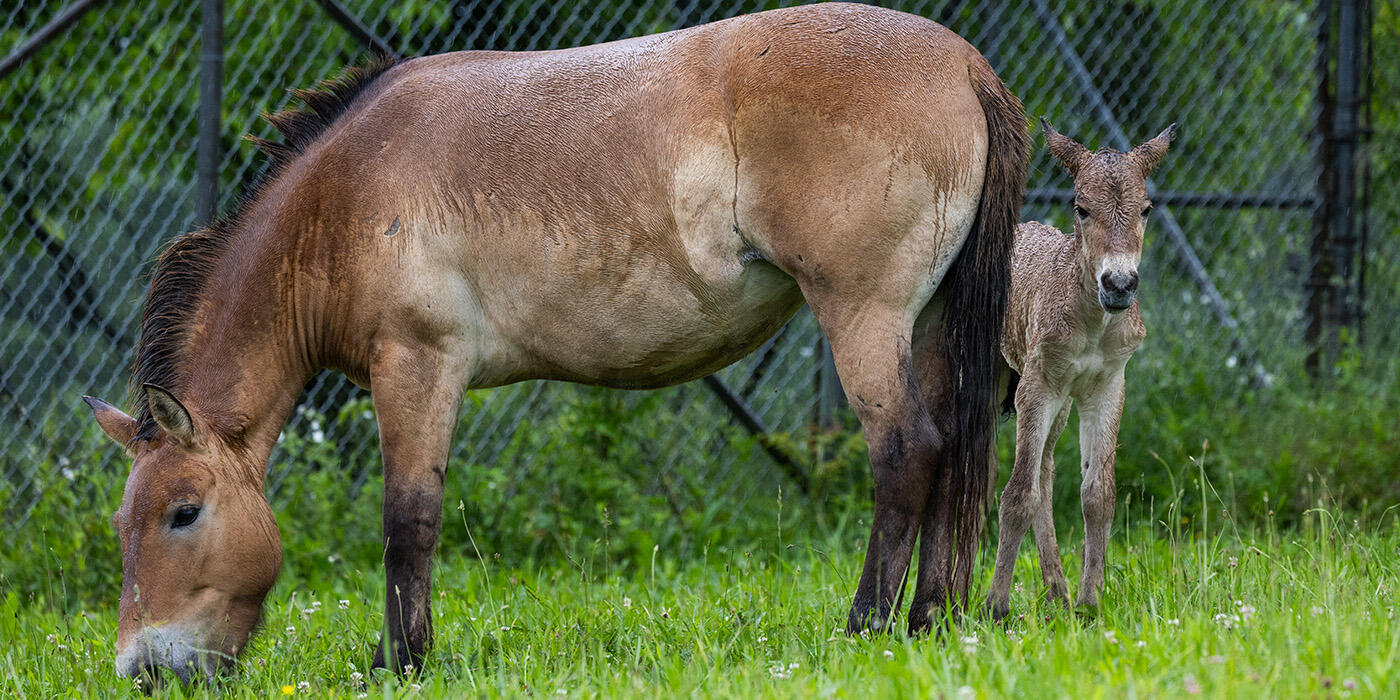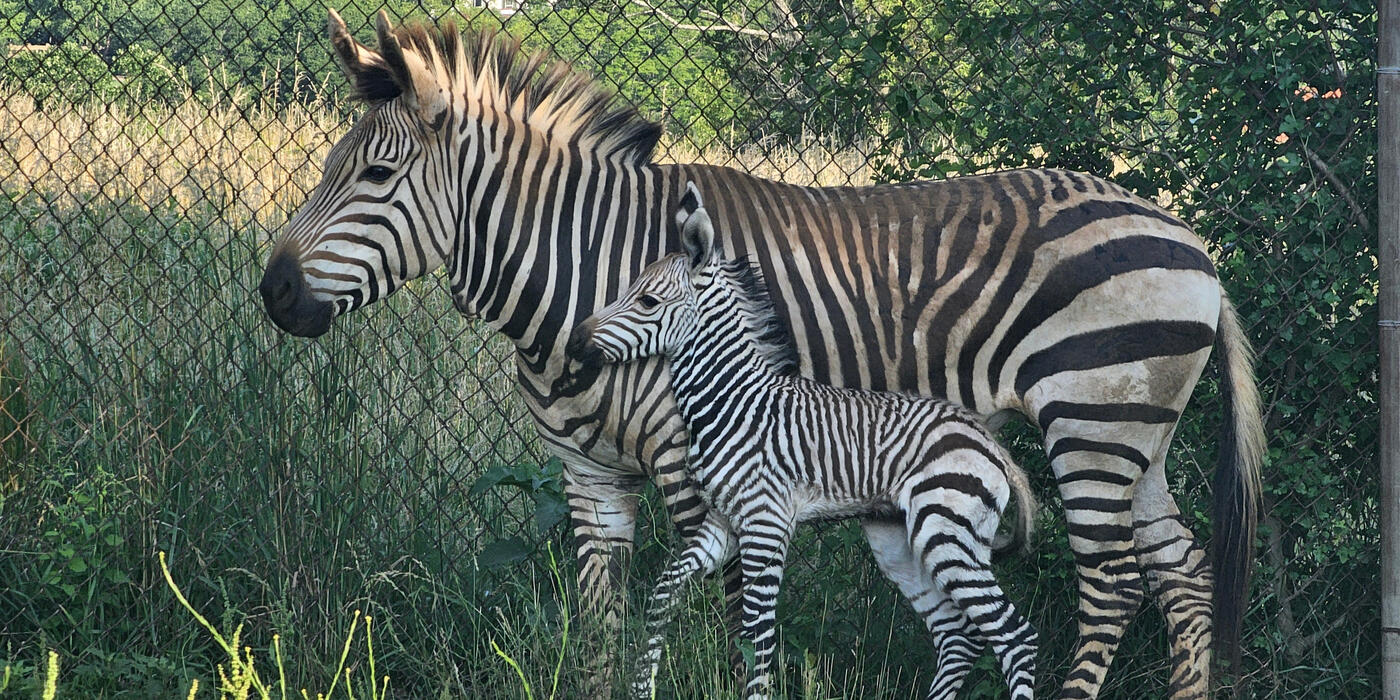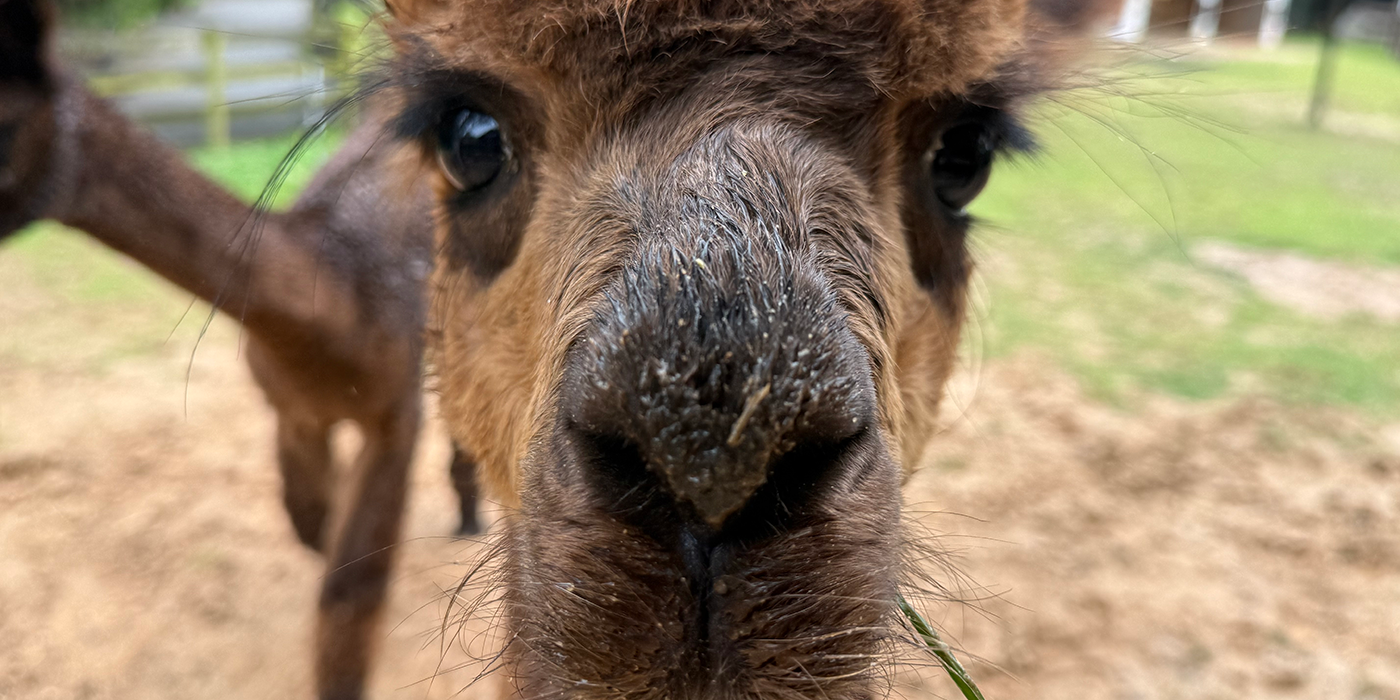New at the Zoo: Komodo Dragon
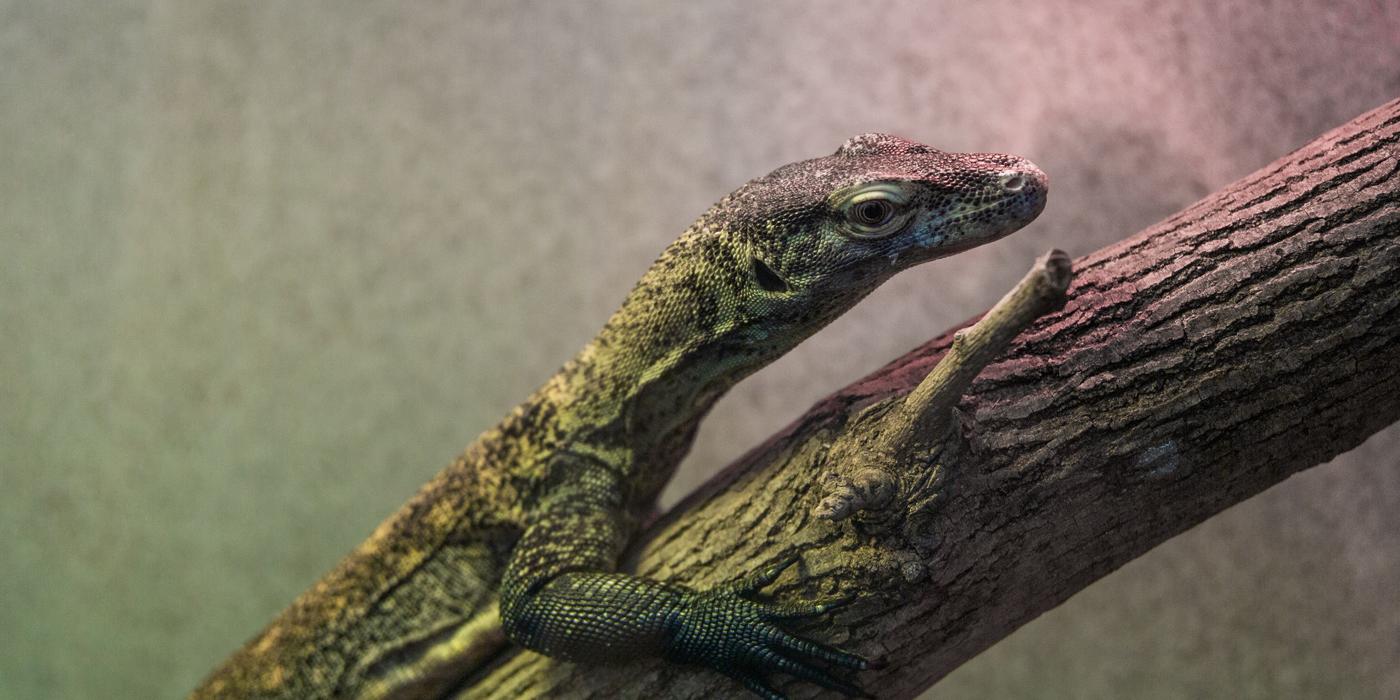
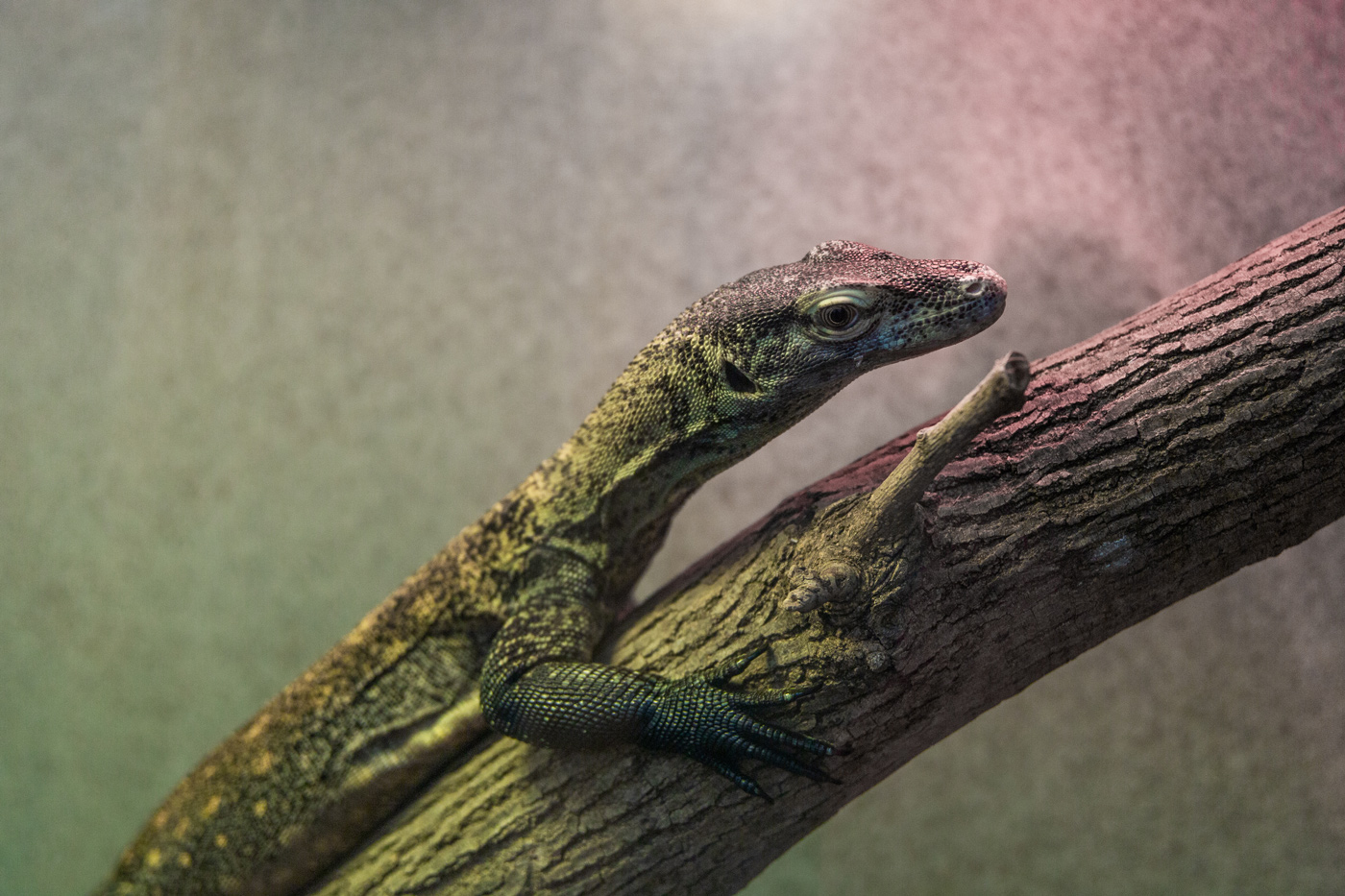
The Reptile Discovery Center team is warming up to a new monitor lizard this winter. The young Komodo dragon, named Onyx, moved into his new habitat Dec. 10. The team is just getting to know Onyx, but animal keeper Matt Neff has already nicknamed him “Junior” because he resembles the Zoo’s 22-year-old Komodo dragon, Murphy, in both looks and temperament.
Onyx is a little over a year old, and keepers estimate he weighs just 2-3 pounds. He is tiny compared to Murphy who usually tips the scales at 146-152 pounds. That’s about average for Komodo dragons. They are the world’s largest lizards and can reach lengths of about 10 feet.
Komodo dragons have thick, leathery skin, strong claws, sharp teeth and a venomous bite, so keepers must be very careful when working with these reptiles. Neff has worked with Murphy for about seven years, so he has a lot of practice. Still, keepers never let their guards down when working with dangerous animals.
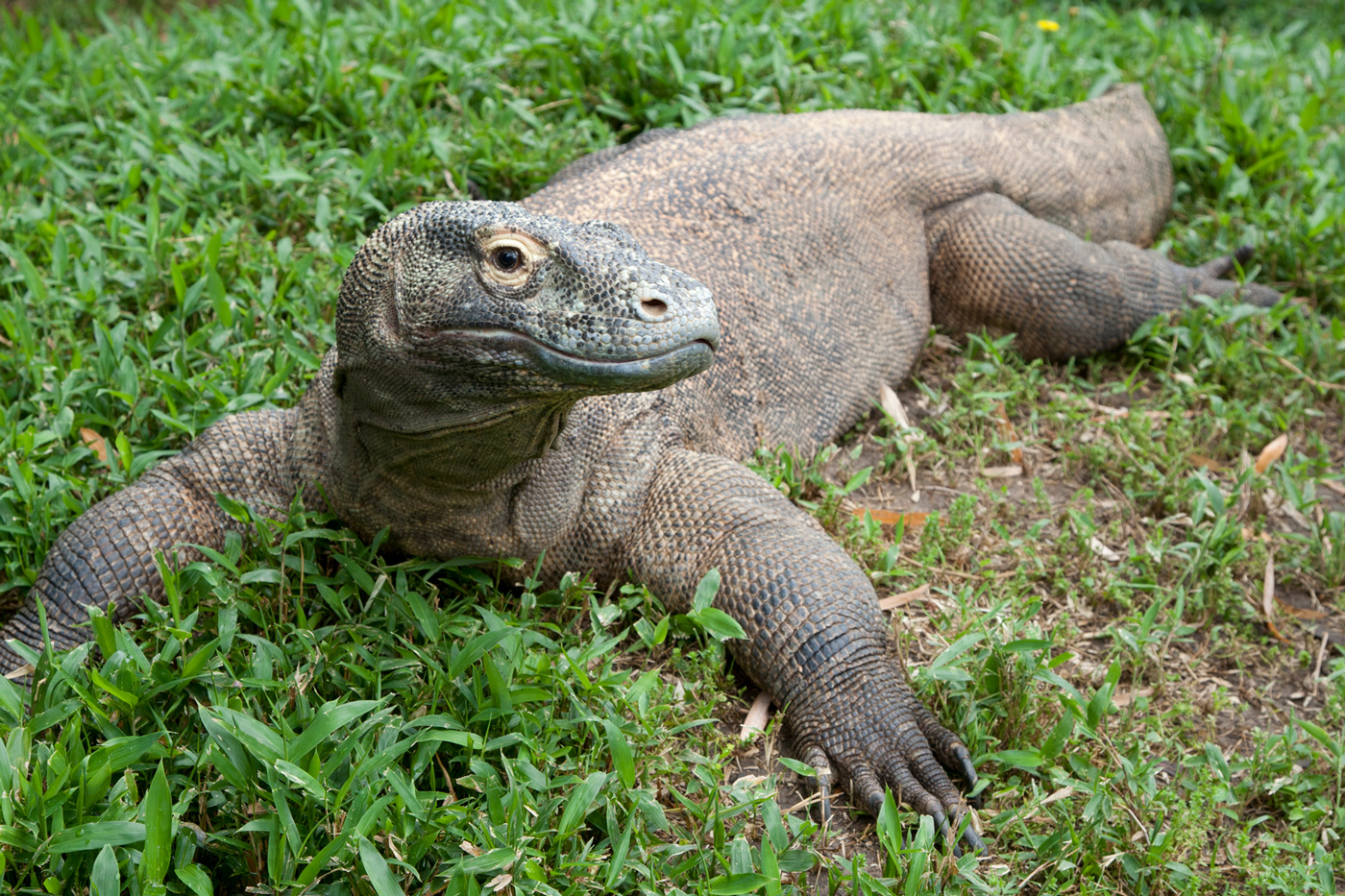
Big Lizards, Big Appetites
Komodo dragons can move quickly despite their long, heavy bodies. “They’re not like marathon runners, but they can move decently fast and in short bursts,” explains Neff. In the wild, a full-grown adult can take down prey as large as a water buffalo, but that kind of attack is rare. Komodo dragons are opportunistic hunters. They will feed on almost any easy meal, such as a small rodent that wanders by or the carcass of a dead animal. “They really rely on their sense of smell which can help detect rotting flesh from miles away,” says Neff.
Though Komodo dragons will hunt using their keen observational skills, they mostly rely on smell and taste. Like snakes, they use their long, forked tongues to sample scents from the air. Then, they touch their tongue to the roof of their mouth, where the Jacobson’s organ analyzes the scent molecules. If the scent of a meal is stronger on one side of the tongue, the Komodo dragon knows to head in that direction.
Adult males may even prey upon small, juvenile dragons when given the opportunity, which is one of the main reasons Komodo dragons live in trees for the first few years of their lives. This type of cannibalism is not unusual among reptiles. “They don’t know when their next meal is coming. If it’s food, they have to eat it,” says Neff. Here at the Zoo, keepers feed Murphy and Onyx a variety of foods to satisfy their carnivorous appetites.
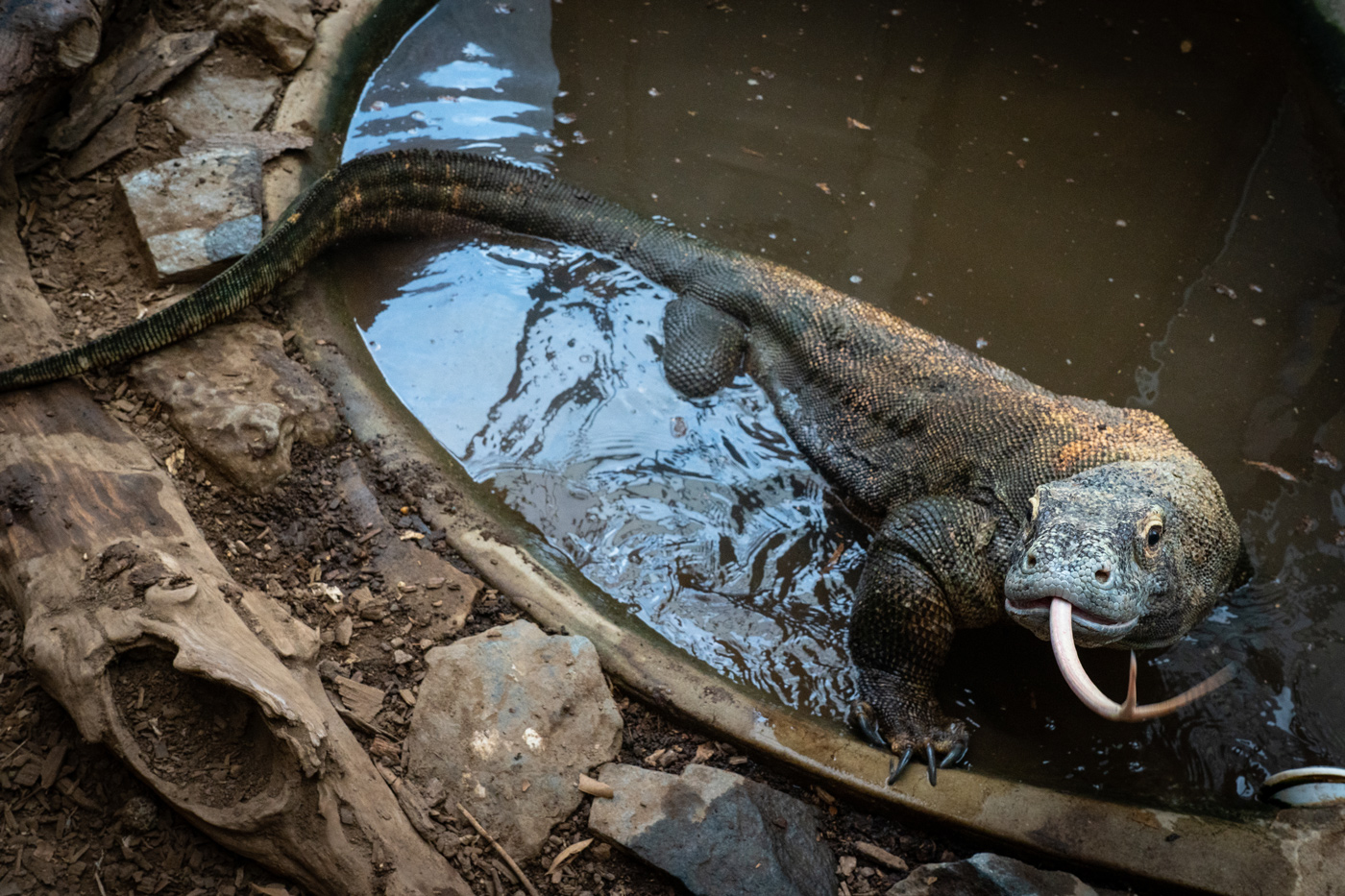
Murphy eats frozen-thawed mice, rabbits, guinea pigs, chicken, beef, oxtail, herring, tilapia and more. He swallows most of his food whole or uses his teeth to saw off pieces of larger food. Like many reptiles, a Komodo dragon’s teeth are not built for chewing. “Their teeth are curved back,” explains Neff, “and the back curve is serrated, designed to tear or rip off pieces of meat from larger carcasses.” Onyx eats small items like mice, chicks, hard-boiled eggs and small chunks of meat right now, but keepers will introduce large food items as he grows.
Training Time
Food is also useful for training. Keepers can’t pick up a huge and potentially dangerous lizard like Murphy, so they train him to participate in his care. One of their main tools is a large crate that stays in Murphy’s habitat, where it has become a familiar object. They can place the crate on a scale and ask Murphy to climb in to be weighed or use the crate to transport him to the veterinary hospital. Holes in the crate allow keepers to give Murphy bits of food as a reward to reinforce his good behavior.
His training also includes getting used to different experiences, such as the touch of a keeper, the sensation of a needle, and the feel of being scrubbed or groomed with a brush. Male Komodo dragons typically live to be about 20 years old in human care. That means Murphy is elderly in Komodo dragon years and requires some special care for conditions that are a natural part of aging, like arthritis in his legs. Thanks to his many years of training, keepers and veterinarians can work together to give him laser therapy treatments for his arthritis twice a week.
The dedication to training Murphy has prepared keepers to work with Onyx, too. They know which behaviors to focus on, what to expect and what to avoid. “One thing that we do before we go into Murphy’s habitat is read his body language,” says Neff. If Murphy seems active, excited or begins drooling (a sign he is expecting food), keepers know that it may not be the best time to enter his space. With time, they will be able to make the same judgments about Onyx.
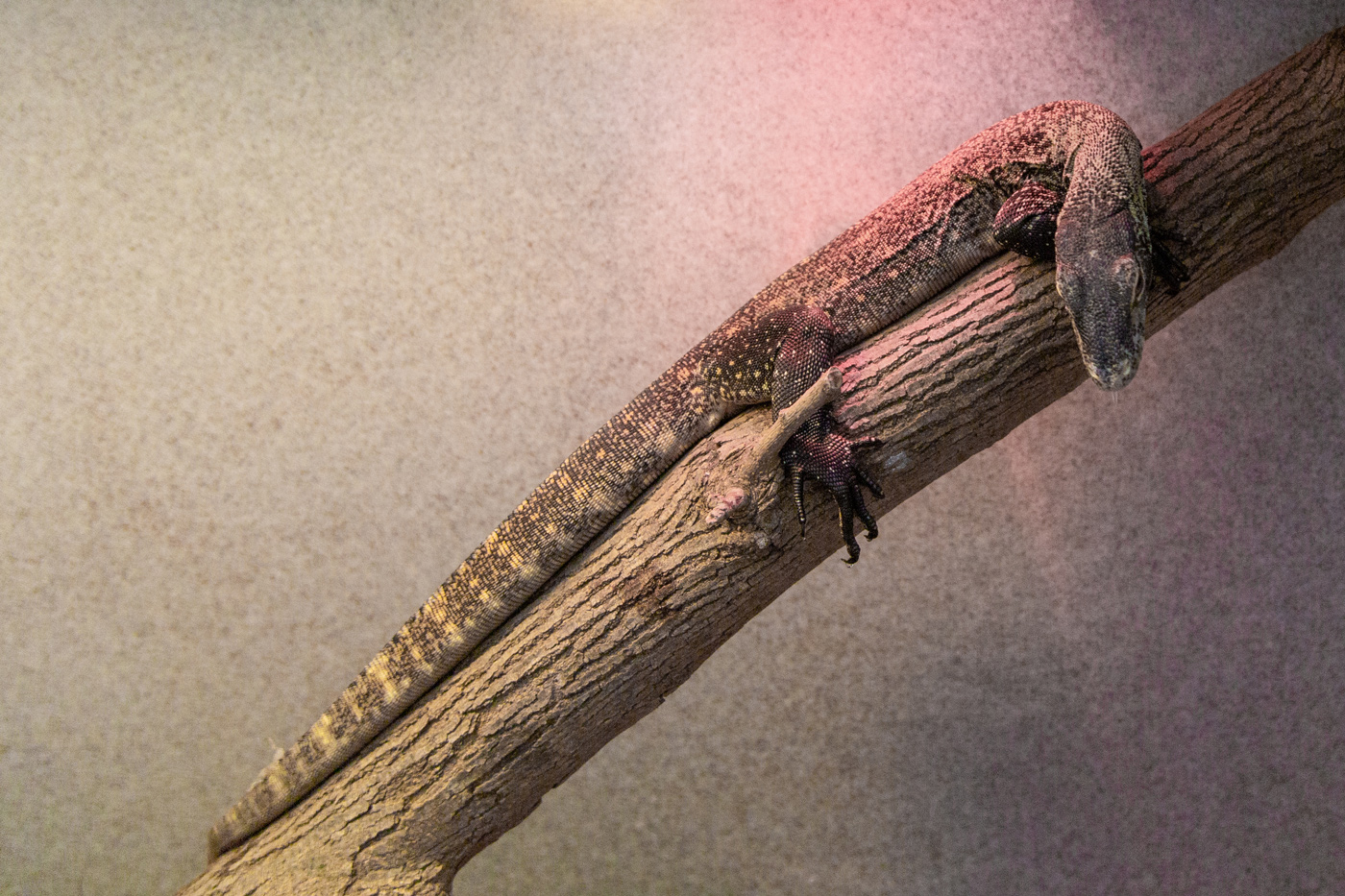
Onyx’s training will start the same way Murphy’s did more than 20 years ago. “Our plan is to be very hands on, so we can hopefully end up with a pretty chill Komodo that’s easy to work with,” says Neff. Keepers will help Onyx get comfortable with their presence and touch. For now, he is still small enough to place in a container to weigh, but soon he will learn to enter a crate just like Murphy.
Beyond training, Reptile Discovery Center herpetologists (zoologists who study reptiles and amphibians) have a long history of working with Komodo dragons. They have published research on Komodo dragon biology, ecology, behavior and conservation. And in the 1990s, the Smithsonian’s National Zoo became the first zoo to successfully hatch Komodo dragons outside of Indonesia, a breakthrough for the conservation of this vulnerable species.
Caring for Murphy has contributed to Reptile Discovery Center’s wealth of knowledge about these lizards. Keepers have not had a young dragon in their care for nearly two decades, so they look forward to getting to know Onyx and continuing to learn about these incredible reptiles.
While the Zoo remains temporarily closed to help prevent the spread of COVID-19, our keepers work diligently behind the scenes to provide excellent care to all of our creatures, great and small. Thank you for your continued support. Follow the Zoo’s social media using the hashtag #NatZooZen for more fun updates!
Related Species:

